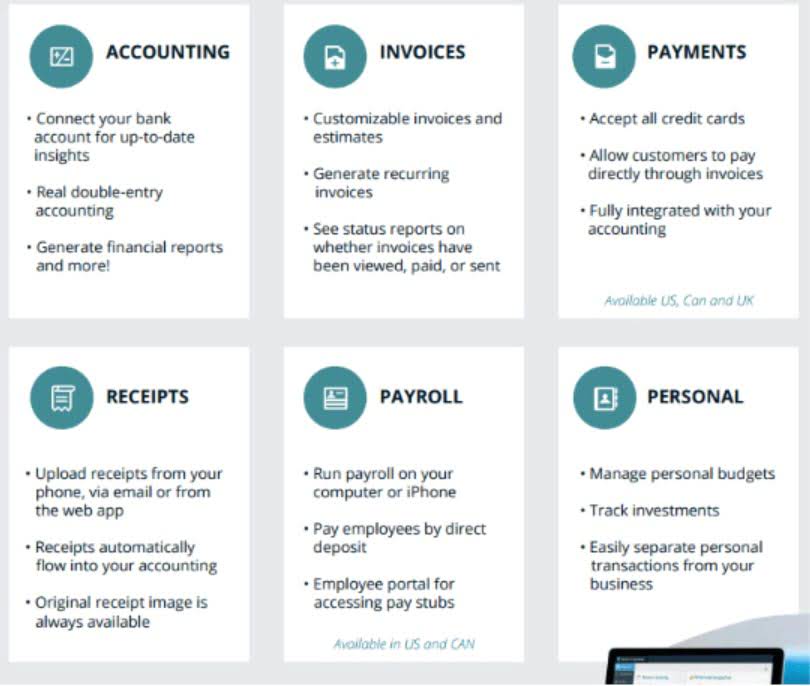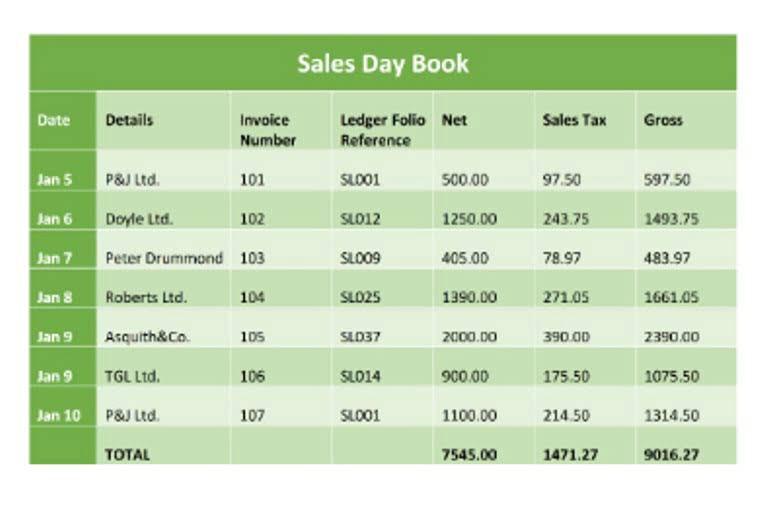
This means that when a bond’s book value decreases, the amount of interest expense will decrease. In short, the effective interest rate method is more logical than the straight-line method of amortizing bond premium. When a bond is sold at a premium, the amount of the bond premium must be amortized to interest expense over https://www.bookstime.com/ the life of the bond. The remaining columns of the PV of 1 Table are headed by interest rates. The interest rate represents the market interest rate for the period of time represented by “n“. In the case of a bond, since “n” refers to the number of semiannual interest periods, you select the column with the market interest rate per semiannual period.

Straight-Line Amortization of Bond Discount on Monthly Financial Statements
- A bond premium occurs when the price of a bond in the market is higher than its par value.
- In other words, the number of periods for discounting the maturity amount is the same number of periods used for discounting the interest payments.
- Usually financial statements refer to the balance sheet, income statement, statement of comprehensive income, statement of cash flows, and statement of stockholders’ equity.
- Meanwhile, the finance department reports that your company invested in marketable bonds purchased at a discount.
- This amortization has a direct impact on an investor’s taxable income and the bond’s yield.
Where \( C \) is the annual coupon payment, \( F \) is the face value of the bond, \( P \) is the current market price, and \( n \) is the number of years to maturity. Interest expense is calculated as the effective-interest rate times the bond’s how is sales tax calculated carrying value for each period. The amount of amortization is the difference between the cash paid for interest and the calculated amount of bond interest expense. Because no other information is given, the frequency of the payments and the compounding frequencies (for the coupon rate and the yield rate) are assumed to be semi-annual. Companies do not always issue bonds on the date they start to bear interest. Regardless of when the bonds are physically issued, interest starts to accrue from the most recent interest date.

Journal entry for amortization of bond discount

The bond was purchased when there was 2.5 years to maturity and the yield rate was 6%. It generates an amortization schedule showing each payment’s breakdown between interest and principal, and tracks the remaining bond balance. Since the coupon rate is paid semi-annually, it means that every six premium bond amortization table months, a coupon of $25 ($1,000 x 5/2) will be paid. Also, the yield to maturity is stated in annual terms, so semi-annually the yield to maturity is 1.945% (3.89% / 2). The interest payment is due semi-annually, and the settlement date is January 1, 2019. While the Effective Interest Rate method is the standard approach, many issuers use the simpler Straight-Line method for premium/discount amortization.
- The Effective Interest Rate to Call method considers whether the stated yield is the Yield to Call or Yield to Maturity.
- Next, let’s assume that after the bond had been sold to investors, the market interest rate decreased to 8%.
- The accounting treatment for Interest paid and bond premium amortized will remain the same, irrespective of the method used for amortization.
- The payment itself ($2,773.93) is larger thanthe interest owed for that period of time, so the remainder of thepayment is applied against the principal.
- Figure 13.7 shows an amortization table for this $10,000 loan,over five years at 12% annual interest.
- By understanding these schedules, all parties involved can better manage their financial obligations and expectations, ensuring a more stable and predictable investment environment.
Fill In the Accumulation of the Discount Schedule
Each year, a portion of the premium will be reduced, and the interest expense will be adjusted accordingly. The company also issued $100,000 of 5% bonds when the marketrate was 7%. It received $91,800 cash and recorded a Discount onBonds Payable of $8,200. Using the same format for anamortization table, but having received $91,800, interest paymentsare being made on $100,000. And the amortization can be done through the straight-line method if the amount of bond discount or bond premium is immaterial.
- This means that as a bond’s book value increases, the amount of interest expense will increase.
- The interest terms on a bond will vary, but essentially the lender will demand interest to compensate for the opportunity cost of providing the funding and the credit risk of the borrower.
- The calculation also assumes that all coupon payments are reinvested at the YTM rate, which may not be realistic in a changing interest rate environment.
- This is based on the most fundamental time value of money relationship in that the present value decreases with an increase in the interest rate.
- By following this approach, the bond’s premium would be fully amortized by the end of its maturity, bringing the carrying value in line with the face value.
The accounting profession prefers the effective interest rate method, but allows the straight-line method when the amount of bond discount is not significant. By the time the bond is offered to investors on January 1, 2024 the market interest rate has increased to 10%. The date of the bond is January 1, 2024 and it matures on December 31, 2028. The bond will pay interest of $4,500 (9% x $100,000 x 6/12 of a year) on each June 30 and December 31.